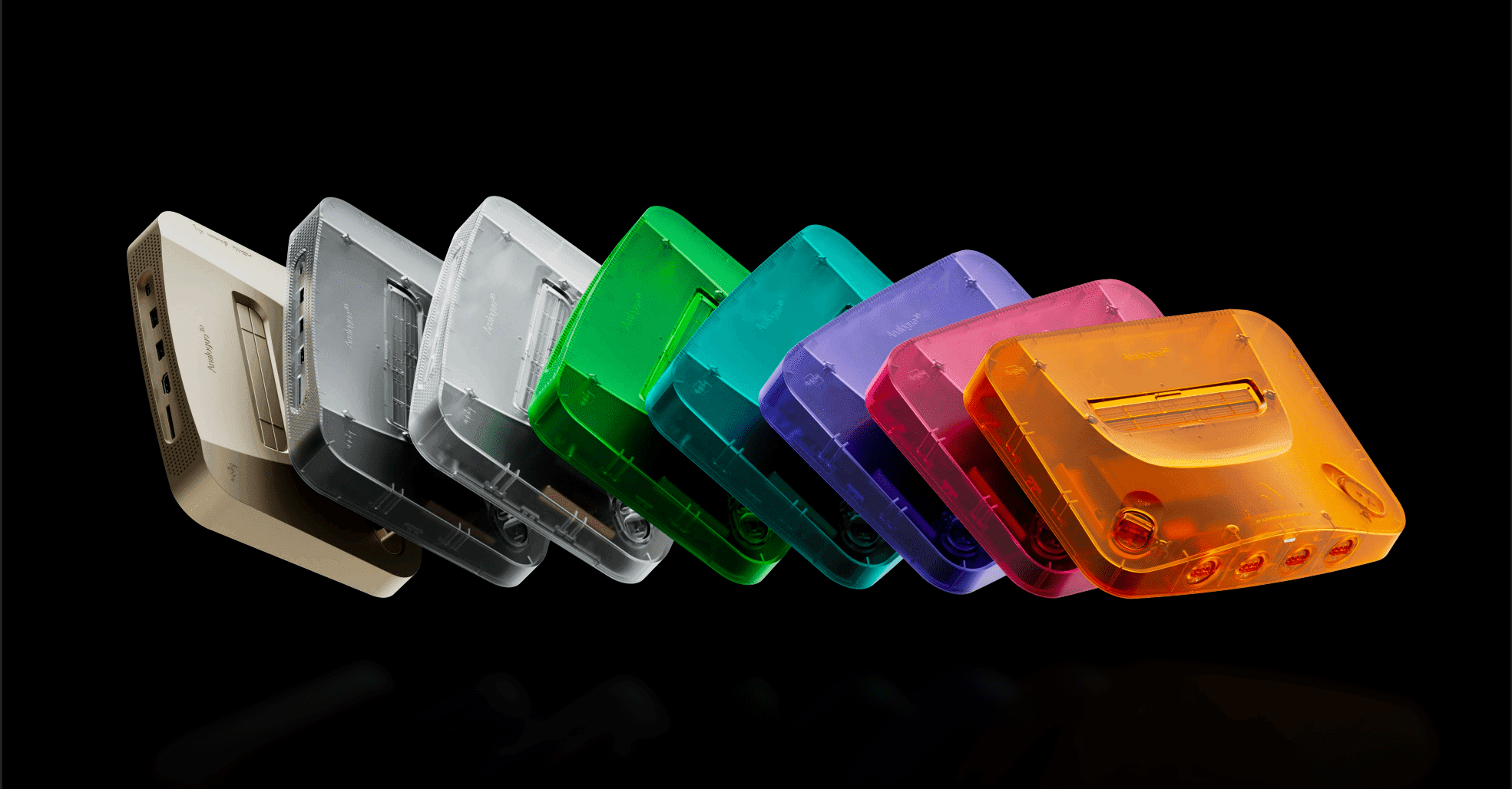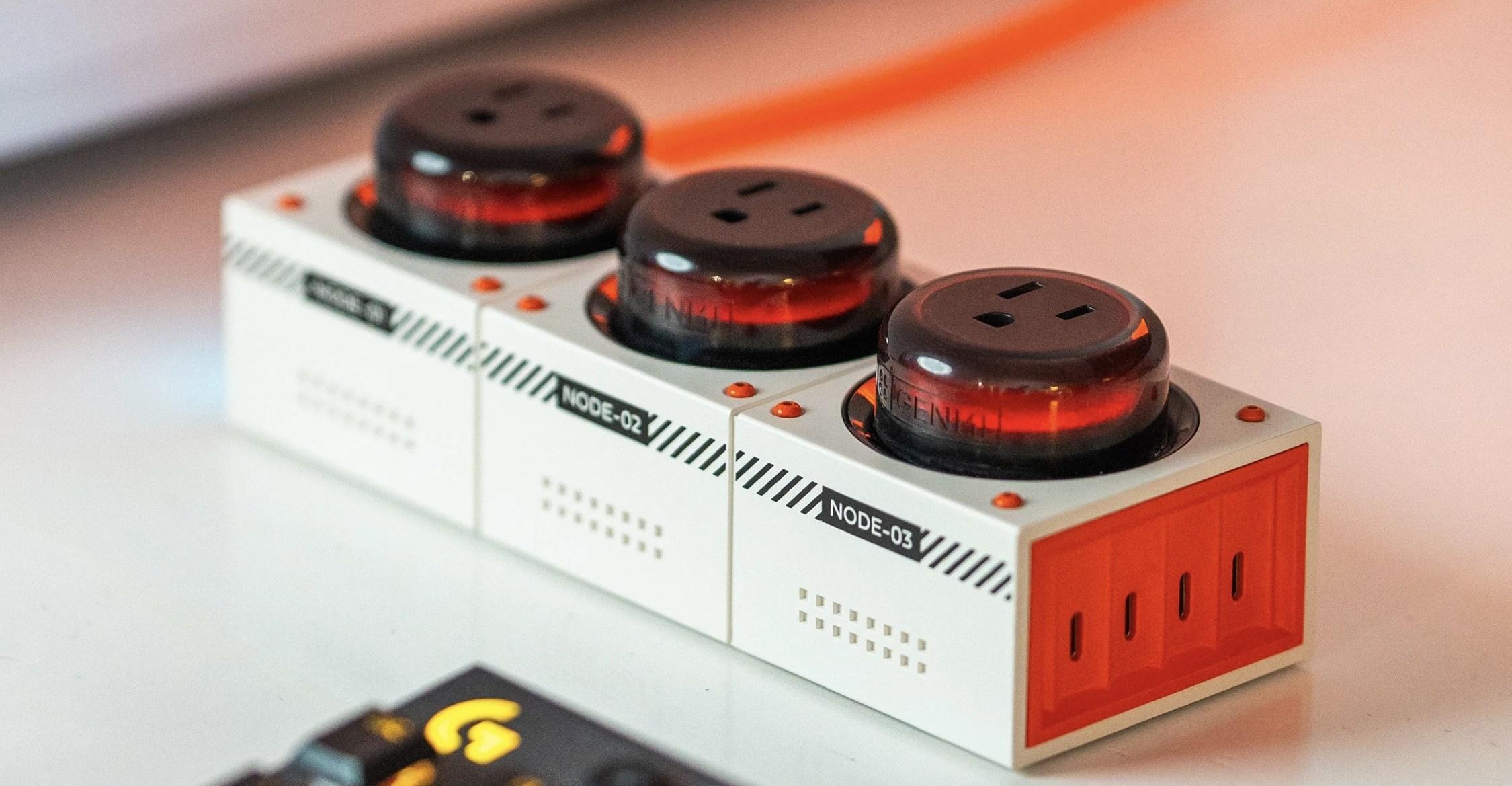Technology
- Home
- Technology
- News
Asus has the new world’s fastest OLED monitor at 720Hz, and it’s dripping with style
We might have a new king of esports gaming monitors — one with fewer compromises than usual. Asus has just announced the ROG Swift OLED PG27AQWP-W at Gamescom 2025. Not only does it offer a 26.5-inch 2560 x 1440 QHD OLED screen at a blazing-fast 540Hz, it’s a…

Published 4 months ago on Aug 22nd 2025, 2:00 pm
By Web Desk

We might have a new king of esports gaming monitors — one dripping with gamer style, but also a strange limitation. Asus has just announced the ROG Swift OLED PG27AQWP-W at Gamescom 2025. Not only does it offer a 26.5-inch 2560 x 1440 QHD OLED screen at a blazing-fast 540Hz, it’s also a dual-mode panel that can switch to a practically unheard-of 720Hz refresh rate — if you’re willing to crank down to a blocky 720p resolution.
That’s less exciting than we originally wrote on Tuesday, August 19th — because both Asus and LG Display, which makes the panel inside this monitor, originally told The Verge that the ultra-fast 720Hz mode ran at a higher 1080p resolution instead of 720p.
In fact, LG Display corrected us on August 8th, telling us that its panel ran at 1080p720 instead of 720p720. So when Asus announced this week that the monitor would be 720p at 720Hz, we figured Asus had made a mistake. When we fact-checked that with Asus spokesperson JJ Guerrero, the company replied that it had indeed made a mistake and would correct its press release to say 1080p instead of 720p.
However, a day later, both Asus and LG Display have now corrected their corrections, telling The Verge it’s 720p after all. Frustrating! Thankfully, this monitor is pretty neat regardless.
It does mean Asus doesn’t have the fastest monitor ever made, or a high resolution at the highest speed. Both Koorui and HKC have announced 750Hz monitors that run at 1080p. Still, both of those have TN panels that won’t even begin to compete with OLED on color, contrast, and viewing angles. They’re from brands we don’t typically see in western countries, and neither lets you switch to higher resolution when you don’t need all the speed.
[Image: https://platform.theverge.com/wp-content/uploads/sites/2/2025/08/asus-oled-2.jpg?quality=90&strip=all]
Meanwhile, the Asus isn’t just OLED — it’s a tandem OLED panel that should dramatically boost HDR brightness and allegedly improve lifespan. It’s also got a glossy coating that could make its colors even more vibrant and its blacks even blacker than OLED tech can already afford, assuming you’re not playing in a room with glare (though Asus claims the coating minimizes glare “even in bright rooms.”)
[Image: https://platform.theverge.com/wp-content/uploads/sites/2/2025/08/asus-oled-4.jpg?quality=90&strip=all]
Here’s the part where I’d normally say “who needs 540Hz let alone 720Hz? Have you done the math and seen the diminishing returns?” Instead, I’m too busy gaping at Asus’ stunning new silver and translucent plastic design. Clear gadgets are near and dear to my heart, after all, and the skeletal silver really makes it stand out in a sea of black-framed panels.
[Image: https://platform.theverge.com/wp-content/uploads/sites/2/2025/08/asus-oled-1.jpg?quality=90&strip=all]
Unfortunately, we don’t have pricing or a release date yet, and I suspect it’ll cost a pretty penny because Asus chose that groundbreaking panel and did all that work to set it apart. Seeing more OLED monitor prices come down to earth would excite me even more than a new flagship like this.
Also, I would prefer a smaller stand to the huge three-blade propeller, but unfortunately, Asus does make you compromise to get that. The company’s also introducing a new ROG Strix OLED XG27AQWMG today with the same tandem OLED tech, but as you can see in the one-pager below, it’s a 280Hz panel that still relies on either HDMI 2.1 or DisplayPort 1.4’s DSC compression, rather than the flagship’s new DisplayPort 2.1a which boasts 80Gbps of bandwidth.
[Image: https://platform.theverge.com/wp-content/uploads/sites/2/2025/08/ROG-Swift-OLED-PG27AQWP-W-Strix-OLED-XG27AQWMG-One-pager-1.jpg?quality=90&strip=all]
Both have Asus’ “Neo Proximity Sensor,” a relatively new feature it’s been adding to OLED panels, “to accurately measure the user’s distance to the monitor and automatically switch to a black screen when the user is away,” as an extra protection against burn-in. Asus also tends to offer a three-year warranty against OLED burn-in these days, and both LG Display and Samsung Display’s newer panels have many protections against it; as long as those protections aren’t over-aggressive, burn-in is no longer a reason I’d personally steer away.
Just know that other monitor makers will probably use the same 4th-gen WOLED tandem panel from LG Display, too. SDC has already announced one, and other brands might follow suit.
Correction, August 20th: We originally wrote that the monitor runs at 1080p720, after we explicitly asked Asus and LG Display to set the record straight, but both now say they got it wrong and it actually runs at 720p720 in its fastest mode.

We don't strike our enemy from hiding, we confront and vanquish them openly: Asim Munir
- 2 days ago

Want a new job? Be (sort of) annoying.
- 9 hours ago

There is a real chance of a US-Venezuela war — so why does it feel fake?
- a day ago
Pakistan to launch satellite internet soon: IT Minister
- 2 days ago

ChatGPT can now use Adobe apps to edit your photos and PDFs for free
- 2 hours ago

Sony’s new PS5 DualSense controller might have way more battery life
- a day ago
Chris DeMarco excited to take over Liberty when Warriors duties end
- 10 hours ago

Trump’s war crimes scandal, briefly explained
- a day ago
QB Philip Rivers, 44, unretiring to sign with COLTS...
- a day ago

Older voters are gaining power. Young people are paying the price.
- a day ago

The “Trump Gold Card,” briefly explained
- 9 hours ago

Antigravity’s 360-degree drone is here to help you forget DJI
- a day ago
You May Like
Trending










